Let’s Talk Protein: The Real-World Guide to Getting It Right
So, You Think You Need More Protein? You’re Probably Right.
For years, I’ve had conversations that start the exact same way. Someone sits down, feeling drained, struggling with their weight, or just not feeling strong, and says, “I think I need more protein.” And honestly? They’re usually on to something. But that’s just the starting line. The real magic happens in what comes next: figuring out what protein actually is, where to get the good stuff, and how to make it work for your body.
In this article
Forget those basic lists of ‘high-protein foods.’ We’re going to do this properly. This is the kind of chat we’d have if we were sitting down with a coffee. We’ll get into the why, the how, and the common slip-ups I see all the time. My goal is simple: to give you the practical knowledge to think about your own nutrition like a pro, without all the confusing headlines.
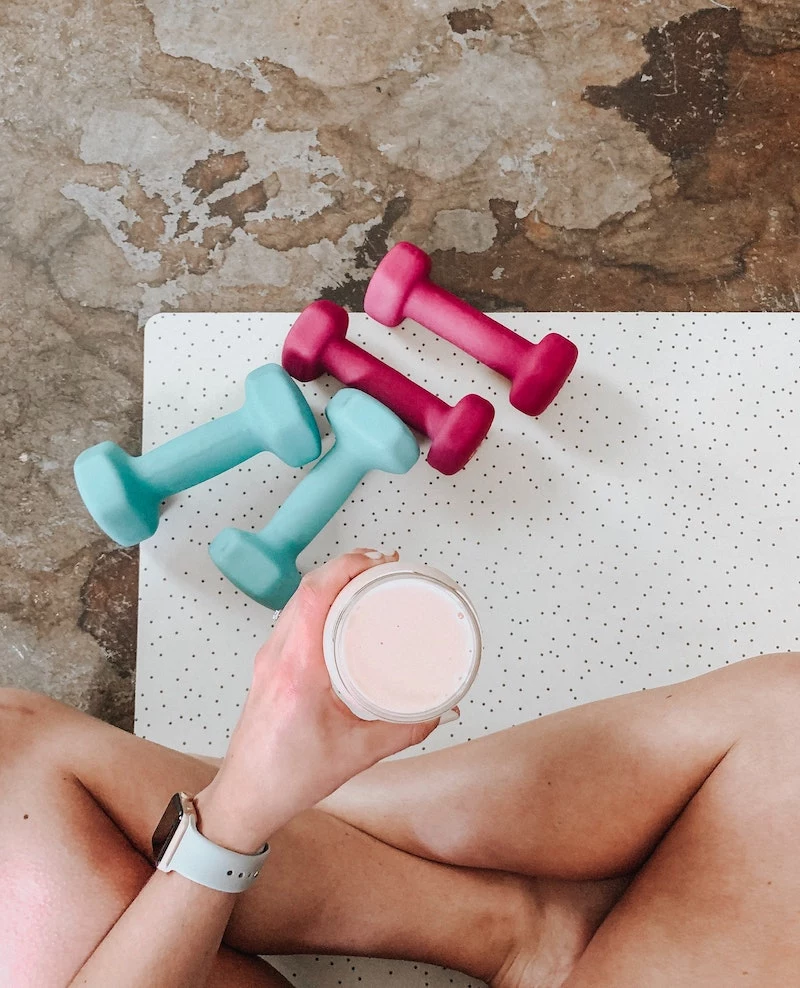
The Science Bit (But Make It Simple)
Before we even get to the grocery store, let’s quickly cover what we’re talking about. Protein isn’t just one thing; it’s made up of smaller parts called amino acids. Think of them like different colored LEGOs. Your body needs 20 different kinds of these LEGOs to build and repair everything. Nine of them are called “essential” because your body can’t make them—you HAVE to get them from food. When a food has all nine, we call it a “complete protein.” And that’s a term you’ll want to remember.
But why do we even care? Oh yeah, it’s for way more than just building muscle:
- Constant Repairs: Your body is always fixing things—from your skin and hair to your vital organs. Protein provides the raw materials for this non-stop maintenance crew.
- Body Chemistry: Think of enzymes as the spark plugs for every chemical reaction in your body, from digesting your lunch to creating energy. Guess what they’re made of? Protein.
- Hormone Messengers: Many crucial hormones, like the one that manages your blood sugar, are proteins. They’re the communication network that keeps your body running smoothly.
- Immune Defense: Your immune system’s front-line soldiers, antibodies, are specialized proteins. Skimp on protein, and you’re weakening your defenses.
- Feeling Full & Burning Fuel: Here’s a big one. Protein is the most satisfying of all the macronutrients. It makes you feel full and helps crush cravings. Plus, your body actually burns more calories just digesting protein compared to fats or carbs. It’s a win-win.
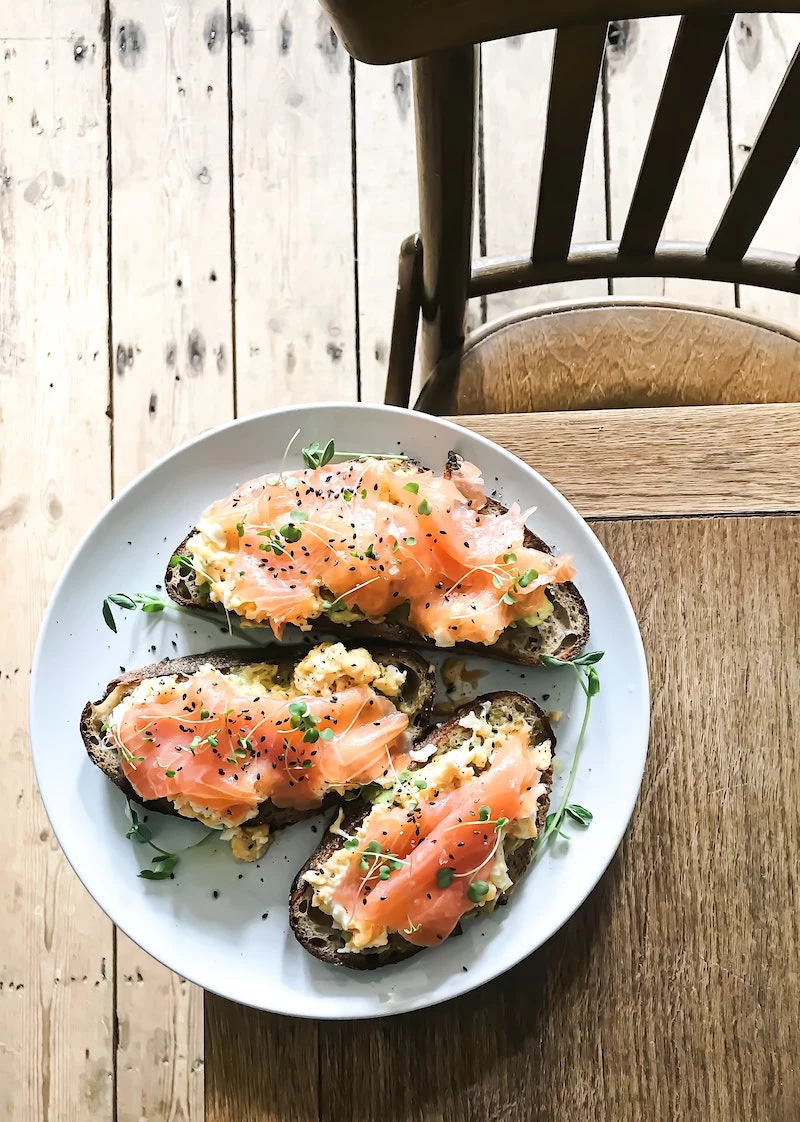
Okay, So How Much Do I Actually Need?
You may have heard of the standard recommendation of 0.8 grams of protein per kilogram of body weight. Let’s be very clear: that’s the absolute minimum to prevent you from getting sick if you’re not very active. It’s not the optimal amount for feeling energetic, strong, and in control of your body composition.
For most active people, the pros suggest a more realistic target: somewhere between 1.2 to 1.7 grams per kilogram of body weight. Not sure how to figure that out? It takes 30 seconds. Here’s how:
Quick Calculation: Take your weight in pounds and divide it by 2.2 to get your weight in kilograms. For a 150-pound person, that’s 68 kg. Then, just multiply that number by 1.2 (for a starting goal) or up to 1.7 (if you’re very active). So, our 150-pound person would aim for about 82 grams per day to start. Easy, right?
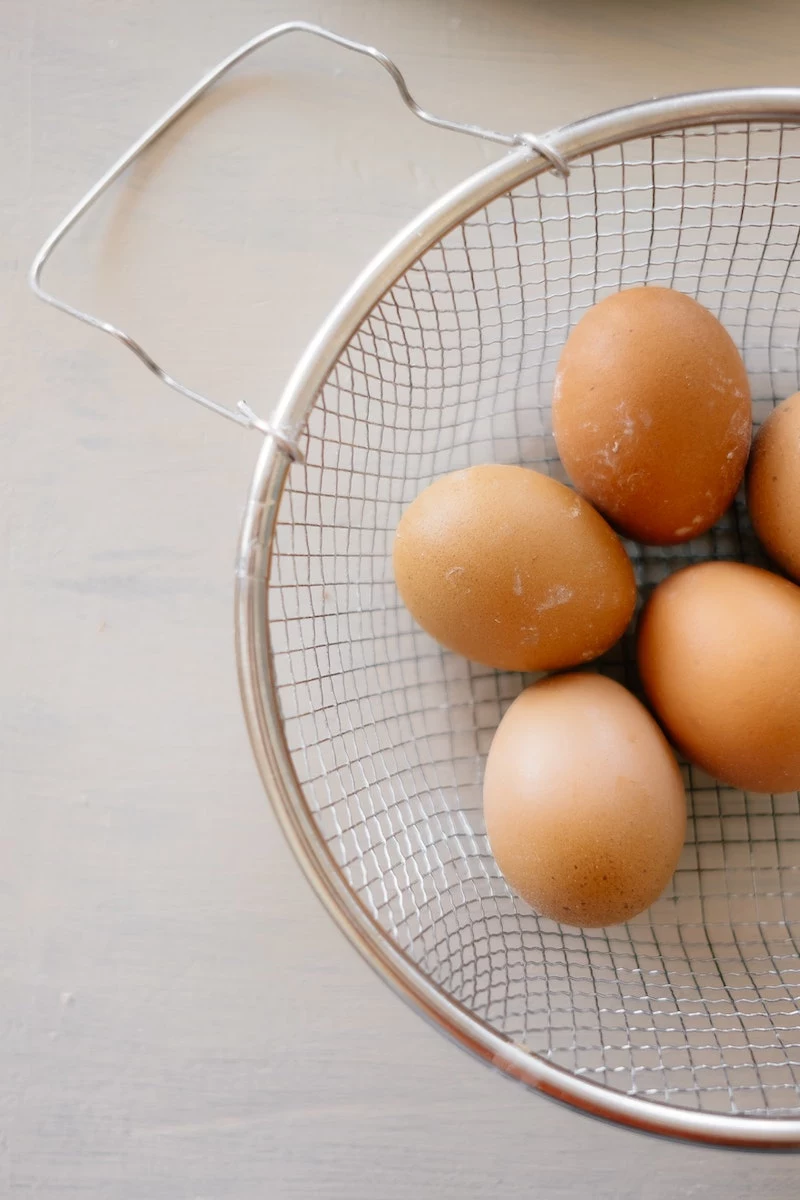
Still not sure what that looks like? Let’s compare a typical low-protein day to an optimized one:
- The “Before” Day: Cereal for breakfast (5g protein), a turkey sandwich for lunch (15g), and pasta for dinner (10g). That’s a grand total of 30 grams. No wonder you feel tired and hungry all the time!
- The “After” Day: Plain Greek yogurt with berries (20g), a big chicken salad for lunch (30g), and salmon with quinoa for dinner (35g). That brings us to 85 grams. See the difference? You’ll feel it, too.
Your Guide to Choosing and Using Protein Like a Pro
Alright, let’s get into the food. Knowing your protein number is one thing; hitting it with high-quality, delicious food is the real skill. Here’s a look at the best sources and how to handle them.
Eggs: The Inexpensive Gold Standard
I often call eggs nature’s perfect protein pill. They’re affordable, versatile, and packed with high-quality protein that your body can use incredibly well. A single large egg gets you about 6 grams of protein. The white is almost pure protein, but don’t you dare throw out the yolk! That’s where you’ll find healthy fats and crucial nutrients for brain health. And that old advice about yolks and cholesterol? It’s been largely debunked for most people. Eat the whole egg!
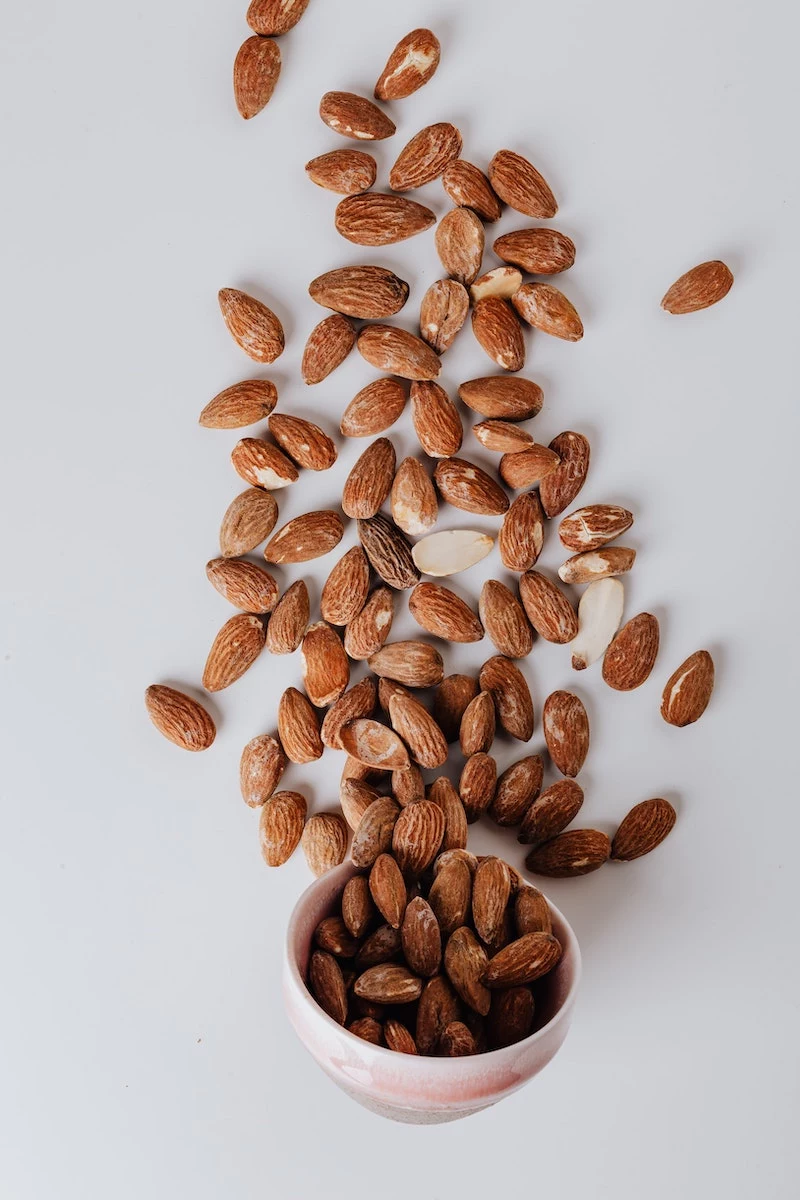
Pro Tip: For the perfect soft-boiled egg, bring water to a boil, gently lower in your egg, and set a timer for exactly six minutes. The result is a firm white and a glorious, jammy yolk—a sign of perfectly cooked protein. When you see those crispy, browned edges from frying, you’re actually making some of the protein harder to digest.
Good to know: If your budget allows, pasture-raised eggs (which can run about $6-$8 a dozen) often have a richer, deep orange yolk, indicating a more nutrient-dense diet for the hen compared to conventional eggs (around $3-$4).
Dairy: The Slow and Fast Power of Yogurt and Cottage Cheese
Greek yogurt and cottage cheese are my go-to recommendations for an easy protein boost. They contain a mix of two proteins: whey (fast-digesting) and casein (slow-digesting). A 7-ounce serving of plain Greek yogurt can pack 18-20 grams of protein. The mix of fast and slow makes it great anytime, especially after a workout or even before bed to help with overnight muscle repair.
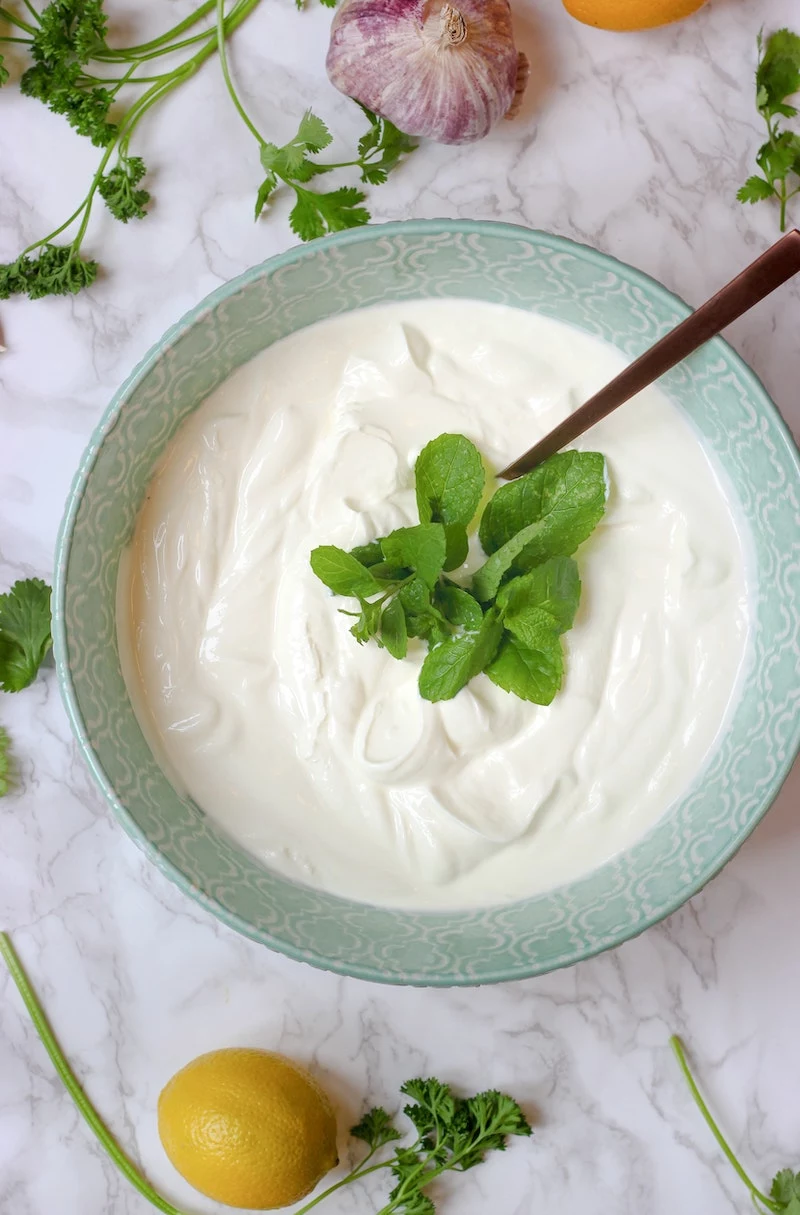
Cottage cheese is the king of casein. A single cup can deliver up to 28 grams of slow-releasing protein, making it fantastic for keeping you full for hours. It’s a secret weapon for weight management.
Heads up! Always buy PLAIN yogurt. The flavored versions are often sugar bombs in disguise. Add your own fresh fruit or a tiny drizzle of honey instead. For cottage cheese, check the label. All you need to see is milk, cream, salt, and cultures. That’s it.
Meat & Fish: Beyond Just Chicken Breast
Of course, meat and fish are complete proteins. For lean meats, think sirloin steak or skinless chicken breast. A 4-ounce chicken breast (roughly the size of a deck of cards) will give you nearly 30 grams of protein. My advice? Stick to baking, grilling, or poaching instead of frying, and please, use a meat thermometer! It’s the only way to know for sure that your poultry is safe to eat (it should reach 165°F or 74°C).
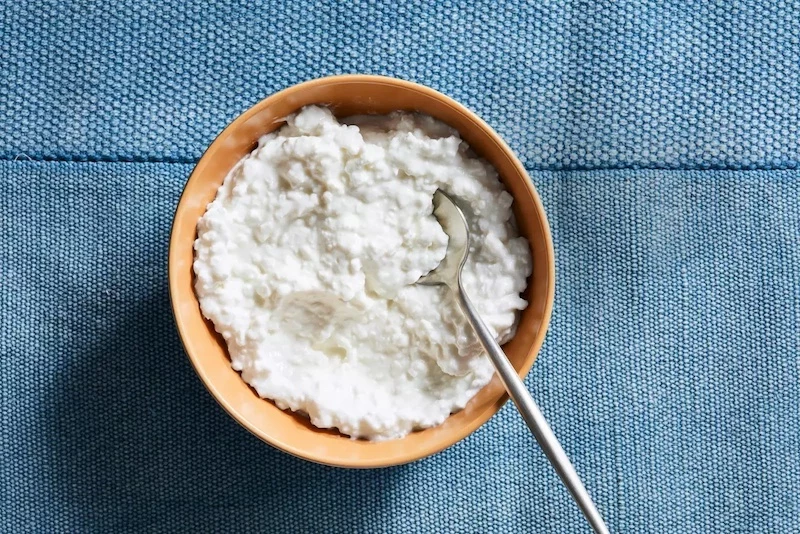
And don’t forget oily fish like salmon, mackerel, and even canned sardines. They’re rich in both protein and those amazing omega-3 fats for your brain and heart. A 3-ounce serving of salmon has about 19 grams of protein. When you cook it, it’s done when it flakes easily. If you see a lot of white stuff oozing out, that’s a protein called albumin, and it’s a sign your fish is getting overcooked.
Plant-Based Proteins: The Art of the Perfect Mix
You can absolutely thrive on plant-based proteins, you just have to be a little smarter about it. Most plant sources are “incomplete,” meaning they’re missing one or two of those essential amino acids. The solution? Combine them!
- Legumes (Lentils, Beans, Chickpeas): These are the foundation. A cup of cooked lentils offers 18 grams of protein and a ton of fiber. Combine them with grains to make a complete protein.
- Classic Combos: Think rice and beans, hummus with whole-wheat pita, or a classic peanut butter sandwich on whole-grain toast. These food pairings have been used for generations for a reason—they work!
- Soy to the Rescue: Soy (in the form of tofu, tempeh, or edamame) is one of the few plants that provides a complete protein all on its own. It’s a game-changer for plant-based diets.
- Lesser-known trick: To make tofu amazing, you need to press it. Seriously. Wrap the block in paper towels, put a heavy cookbook on top for 20-30 minutes, and let the water squeeze out. It will absorb marinades better and get much crispier when you cook it.
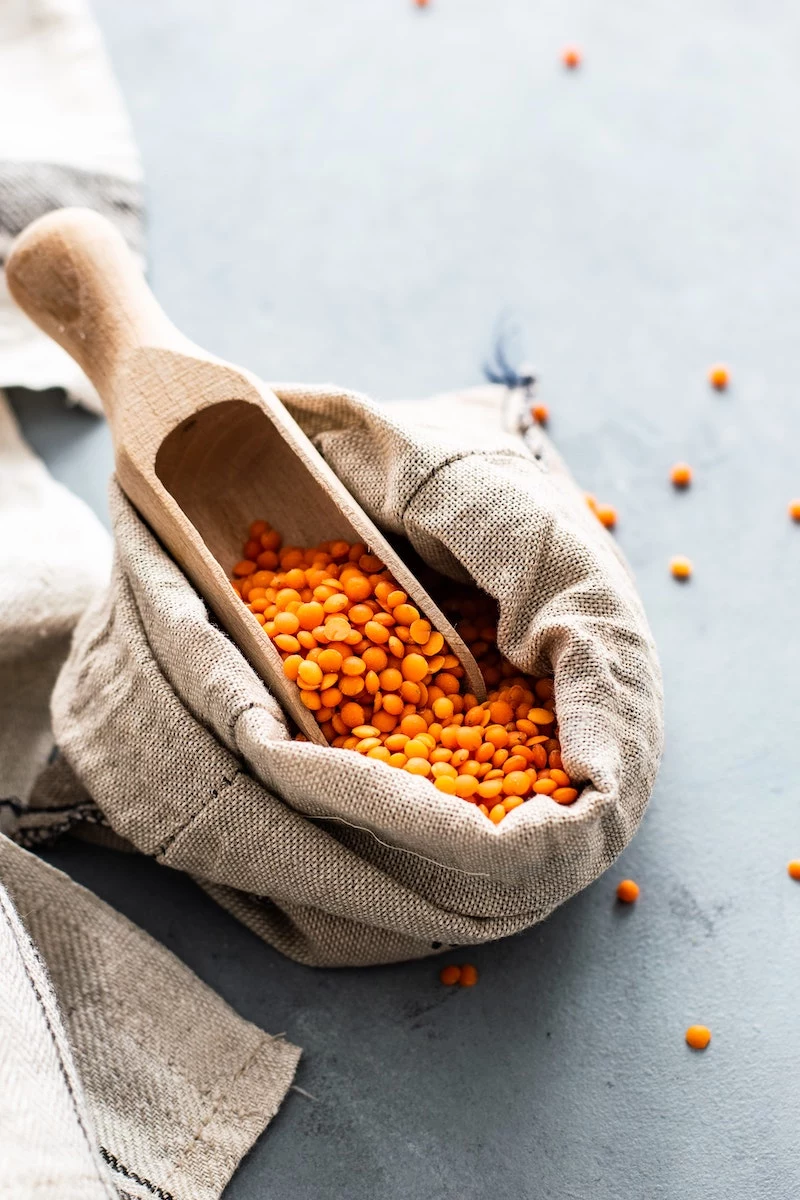
The “What Does 25 Grams of Protein Look Like?” Cheat Sheet
To make it super simple, here’s what a solid 25-gram serving of protein can look like on your plate. It’s not as much food as you might think!
It could be one 4-ounce chicken breast, which is about the size of your palm. Or maybe one cup of cottage cheese. A 5-ounce can of tuna (which costs about $1.50 at Trader Joe’s or most grocery stores) gets you there easily. For a plant-based option, you could combine one cup of cooked lentils with a half-cup of quinoa. See? Totally doable.
Protein Power on a Budget
Eating well doesn’t have to be expensive. Grass-fed steak is great, but it’s not a daily driver for most of us. Here are the true budget powerhouses:
- Lentils and Beans: A bag of dried lentils costs a couple of dollars and can provide meals for days. Canned beans are a close second for convenience.
- Eggs: Even the fancier pasture-raised ones are a bargain when you break down the cost per gram of protein.
- Canned Tuna or Salmon: A pantry staple for a reason. It’s cheap, ready to go, and packed with protein.
- Tofu: A block of tofu often costs less than $3 and can be the base for several meals.
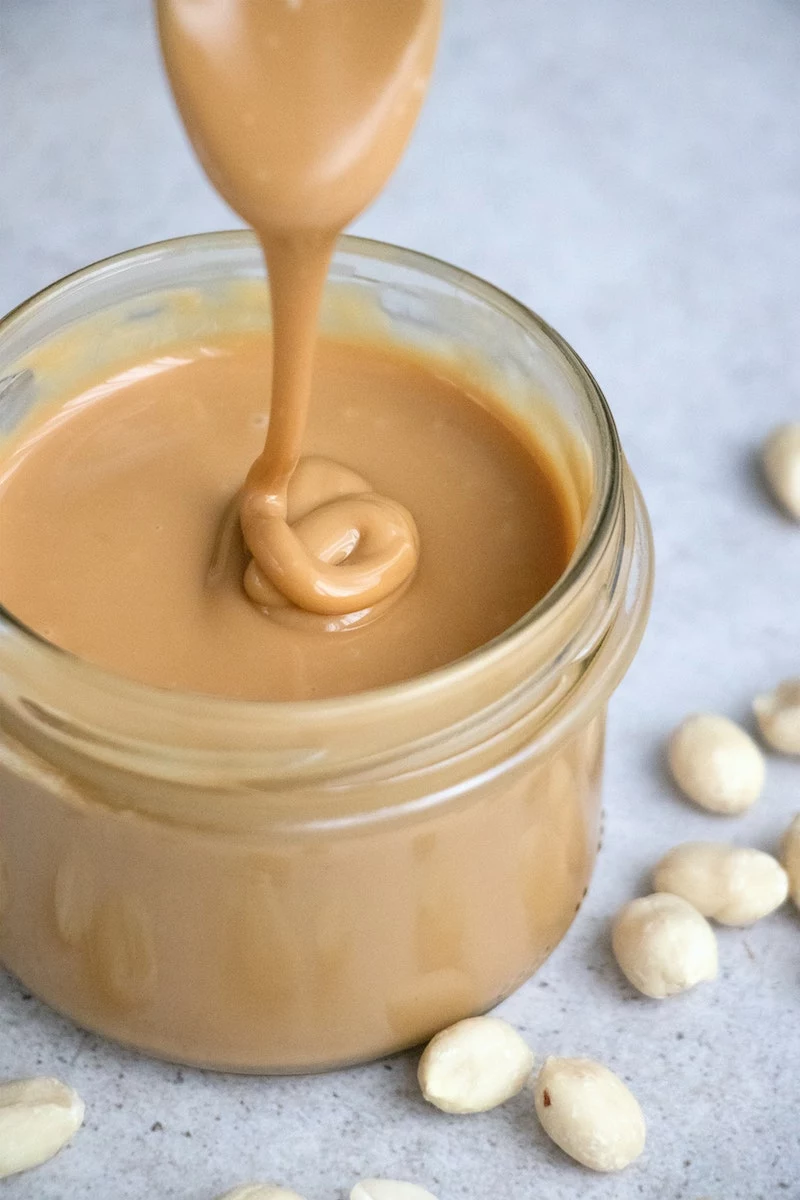
Troubleshooting the Common Protein Problems
Once you start increasing your protein, you might run into a few bumps. Don’t worry, they’re usually easy to fix.
Problem: “I feel bloated after I eat a high-protein meal.”
This is super common. First, don’t suddenly double your intake overnight. Increase it gradually over a week or two to let your digestion catch up. Second, check the source. For some, dairy is the culprit. For others, it’s beans that haven’t been soaked and rinsed well. Finally, look at the whole meal. A high-protein, high-fat feast (like a greasy cheesesteak) is a heavy lift for your stomach.
Problem: “I’m eating more protein, but I’m not losing weight.”
Ah, a classic. Protein is a powerful tool, not a magic wand. Calories still count. If you just add protein-rich foods like cheese and nuts on top of your current diet, you’ll gain weight. The strategy is to substitute some of your carb and fat calories with lean protein. This helps you lower your total calories while feeling fuller and preserving muscle.
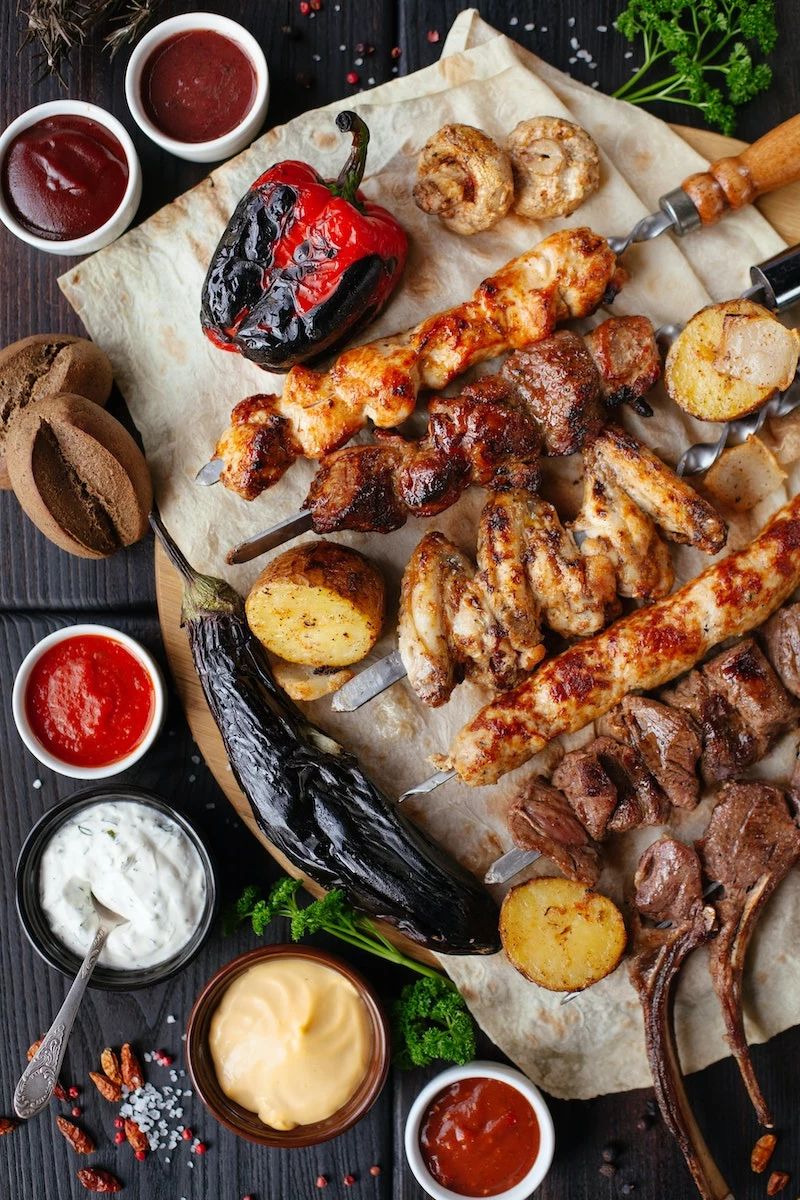
What About Protein Timing? Your Quick Win.
People get really hung up on the “anabolic window”—that 30-minute frenzy to chug a protein shake after a workout. The truth is, that window is much, much wider than we thought. For most of us, what matters more is getting enough protein spread throughout the entire day. Aiming for 20-40 grams at each meal (breakfast, lunch, and dinner) is a fantastic and sustainable strategy.
So here’s a simple challenge: In your very next meal, just focus on hitting that 20-gram protein mark. Start there. Pay attention to how full and satisfied you feel afterwards. That’s the feeling you’re aiming for.
A Quick Word on Powders, Safety, and When to Call a Pro
Protein powders can be convenient, especially if you have high needs or a busy schedule. A tub of whey or pea protein can cost anywhere from $40 to $70, so it’s an investment. But always remember the “food first” philosophy. Supplements should be used to fill in the gaps, not replace whole foods which offer so much more.
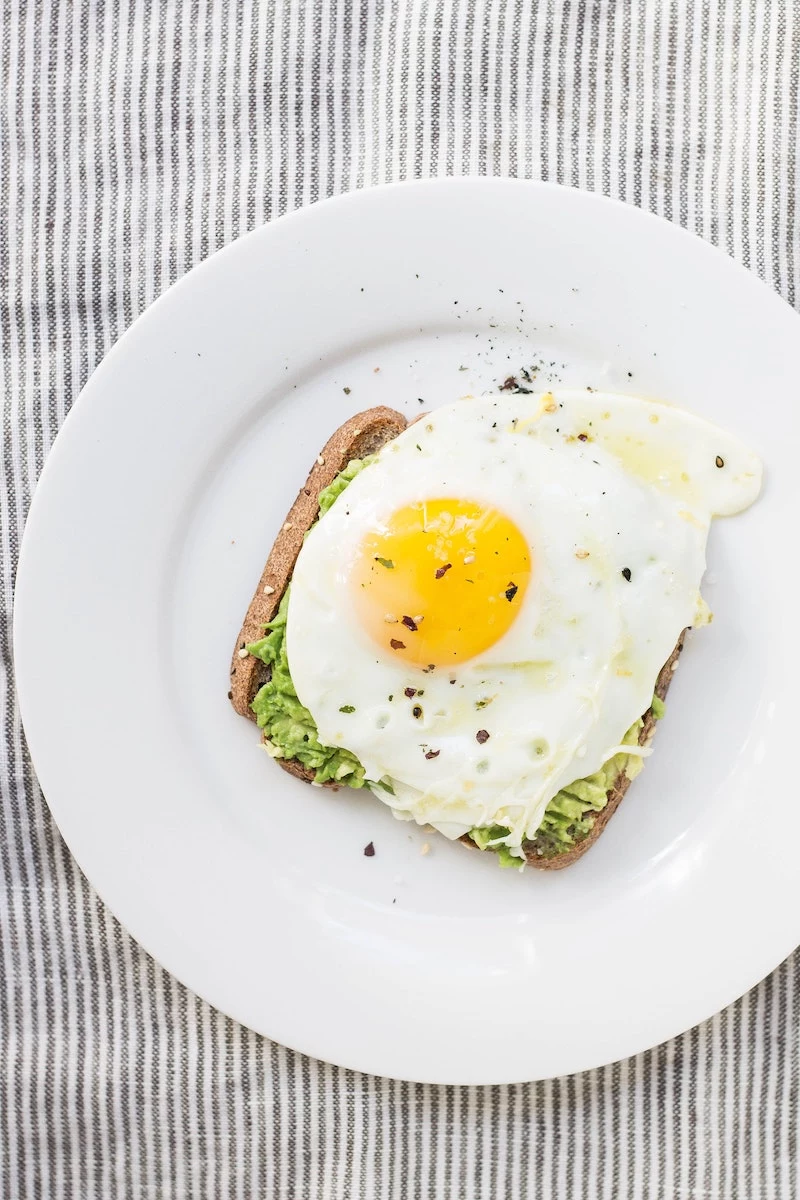
And now for the serious part. You’ve probably heard the myth that high-protein diets are bad for your kidneys. For people with healthy kidneys, this has been repeatedly shown to be false. The confusion comes from the fact that people who already have kidney disease are put on a protein-restricted diet. The high protein doesn’t cause the problem; it’s just hard for already damaged kidneys to handle.
CRITICAL SAFETY WARNING: If you have any pre-existing kidney or liver condition, do not increase your protein intake without talking to your doctor or a Registered Dietitian first. This is absolutely non-negotiable. They can help you find a safe amount for your specific health needs.
This guide should give you a solid foundation. But if you have a complex medical history, are pregnant or breastfeeding, or have elite athletic goals, please seek out personalized advice. Knowing when to ask for help is a sign of strength. Using protein wisely is one of the best things you can do for your long-term health, and now you have the tools to do it right.










